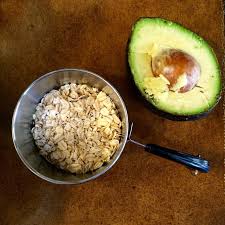There are certain foods that helps lower cholesterol, but we need to understand how diet and cholesterol are connected.
We have two natural types of cholesterol in our body, they are HDL, the “happy” kind, and LDL, the”lousy” kind.
Having a high HDL means good health but a high LDL is a sign of danger as its usually linked to an increased risk of heart disease.
Also, there is dietary cholesterol, found in animal-based foods.
Below are our top five foods that help lower cholesterol :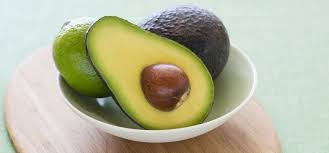
Avocado : In Pennsylvania State University study, researchers placed overweight adults on a low or moderate-fat diet, with or without Avocado. While the low-fat diet decreased LDL by 7mg/dl, the moderate -fat diets produced even better results. The non- avocado eaters had an 8mg/dl reduction in LDL, and the avocado group had a 14mg/dl reduction.
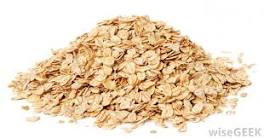
Oats :They are popularly known to be cholesterol-lowering super food. In a Thai study, people with high cholesterol were given either oatmeal or rice porridge for four weeks. The people who had the oatmeal experienced a 5 percent reduction in total cholesterol and a 10percent slash in their LDL.

Pulses :Pulses is the umbrella term beans, lentils, and peas,like chicken peas to cholesterol reduction. The Canadian Medical Association found out that a 3/4 cup of pulses daily lowered lousy LDL cholesterol by 5 percent.
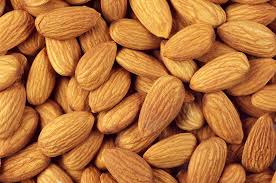
Almonds: A study published in the journal of Nutrition found out that among heart disease patients, consuming just 10 grams of almonds before breakfast, significantly upped levels of protective HDL. At week 6 the subjects good cholesterol values were 12-14percent higher, compared to baseline levels.
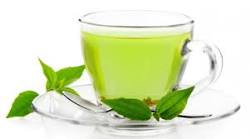
Green Tea : One best option for curbing heart disease risk is to lower the LDL without lowering HDL and this can be achieved using Green Tea. A meta-analysis of research published in the American journal of clinical Nutrition found that green tea consumption significantly lowers total cholesterol levels by more than 7mg/dl and reduced LDL values by more than 2mg/dl without any effect on the HDL.

